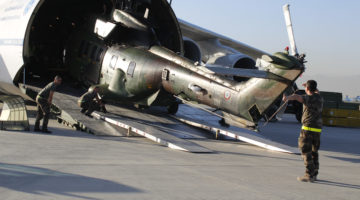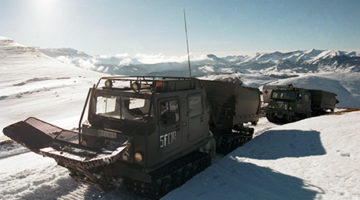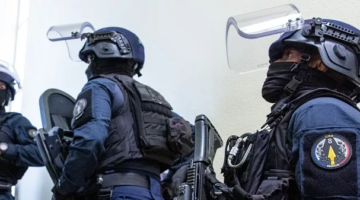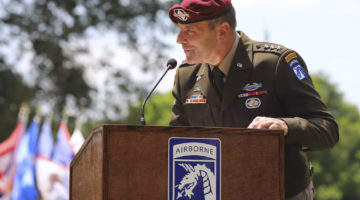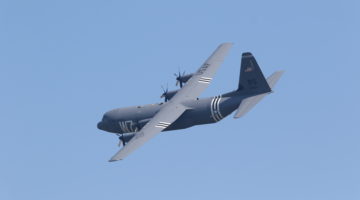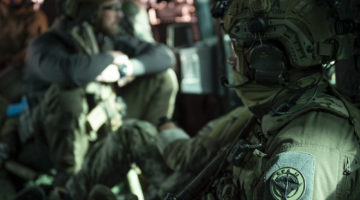(Source: Military.com – Oriana Pawlyk) – What the Air Force’s Changes to Basic Military Training Really Mean
The first groups to experience the Air Force’s new, expanded Basic Military Training curriculum say the changes pushed learning outside the classroom, forcing recruits into a greater focus on leadership, collaboration and fitness.
The Air Force announced earlier this month it has expanded BMT from seven-and-a-half weeks to eight-and-a-half weeks in an effort to align more closely with Defense Secretary Jim Mattis’ heightened focus on readiness and lethality, and to mentor the next generation of leaders.
While the service in recent years has said it wants to better acknowledge how it selects airmen for particular career fields, BMT’s primary focus “is to create ‘Big-A’ airmen,” said Col. Jason Corrothers, 737th Training Group and BMT commander.
“We need all of them to be stronger, to be fitter, to have those habits of mind, those habits of body that strengthen our Air Force regardless of whatever particular career field that they’re called to serve in,” he said during a Nov. 16 interview.
It’s an effort to mold the next generation of 21st-century troops, or what Air Education and Training Command calls the “Mach-21 airman.”
The BMT curriculum has been enhanced with additional physical fitness training, combat skills training and weapons courses to train airmen for real-world events during the earliest days of their service.
“Whether or not that is a special warfare candidate, a defender … or Security Forces candidate or whether or not that’s a personnelist, every single person, every single graduate of Basic Military Training has to be afforded the same experience to include physical fitness … so that they start to be ready for any fight that our nation needs of them,” Corrothers said.
The BMT changes include:
- An increase from 31 to 44 fitness sessions throughout training. Workouts have a “balanced mix of cardio, strength and interval training,” AETC has said.
- The Basic Expeditionary Airman Skills Training, or BEAST, course occurs later in training. BEAST, which previously took place in week five, has been moved to the final training week “as the culminating event of BMT” before graduation, officials said.
- A new first-aid course replaces the Self-Aid/Buddy Care program. Instead, airmen receive a beefed-up “Tactical Combat Casualty Course,” which mimics real-world situations for airmen to practice life-saving skills in battle scenarios.
- An increased focus on weapons handling and familiarization.
- Elements of “Airmen’s Week” have been incorporated throughout the 8.5-week training regimen. Airmen’s Week previously occurred the week following BMT to offer airmen perspective into the Air Force’s honor code, leadership and character development, among other life lessons.
- An emphasis on Air Force heroes and warrior culture. Instructors have introduced the “warrior identity, as well as Air Force history and heroes, every week throughout training,” said Master Sgt. Richard Bonsra, a military training instructor, in a release. “Those topics will then be reinforced during all training events, such as naming physical training sessions after a fallen airman to cement the experience.” (…)
READ FULL ARTICLE >>> www.military.com
Photo Credit >>> ibid


